A great article written by John 10 years ago. Republishing today for your entertainment. And a reminder to practice casting in the wind. Lots. Often. Great wind free and warm week behind us with tons of anglers and spey casters around. Casting practice is a 10 minute program. Just an easy 10. Order that practice casting rod today!
Wind is a fact of life for Missouri River fly fishermen. It blows around here, as it does all along the eastern slope of the Rockies. Visiting anglers are often shocked to see how hard it can blow. They’re even more shocked when we tell them that it’s just a breeze. Here’s the most recent NOAA list go the top ten windiest cities in the US (2008).
As you can see, Cheyenne, Casper and Great Falls are all on the list. They are every year. So if you want to fish the Platte or the Missouri, you better be ready to adapt to some moving air. Here’s a map of the US wind power. Darker is windier, if that is a word;
Our typical prevailing winds on the Missouri River are SW and N. SW means warm air (including winter Chinooks) and a tailwind if you’re floating. North wind means the opposite.
“What’s the wind forecast? This is probably the most common question we get in the shop on a daily basis. On a slow, broad river like the Missouri, the wind dictates everything. Those familiar with the river will choose floats and techniques based on the wind forecast. Why? Because the slow currents on the Missouri don’t push your boat enough to beat the wind. I f you want to see how fast your boat move upstream, hit the Wolf Creek to Craig section on a 25mph North Wind day.
North Wind
North winds mean tough boat fishing, but good conditions for wade fishing. Why? Because the north wind makes boat control difficult, and getting a good nymph drift sometimes impossible. Dry fly fishing is usually not an option as the quickly moving cold front often shuts down any hatches.
Casting upstream, however, is a breeze. These are hero conditions and you can easily make that 70 foot cast with a weighted nymph rig. You can also mend yards of line at a time (at least upstream). The only problem occurs when heavy winds push your indicator upstream causing an unnatural drift. A small indicator (or no indicator) can help matters.
Not many floats are recommended on a north wind, but the short float from Holter Dam to Wolf Creek can be protected, as can sections from Craig to Mid Canon. Wolf Creek to Craig and Pelican to Cascade can be tough. So tough you may need to get out and drag your boat. Folks who like to hit the lower section to Cascade are very wind sensitive, and rarely venture on that stretch if there is a north and more than 10-15 mph.
As for fishing techniques, streamers are often the best and only bet in a heavy north wind. Boat control will be crappy at best, and streamer fishing leaves most of the skill up to the angler. Dry fly fishing can be good right on the edges (out of the wind) for strong casters and boatmen. Nymph fishing is usually shitty. Boat control is almost non-existent for the rower, and your nymph rig is moving up and down with the wind chop. Very unatural!
South West Wind
Our prevailing wind, and because of that many regulars are used to it. A South West wind will coming from behind you off the left bank. Your boat will be moving fast, and you’ll be rowing hard to hold a nymph fishing line or keep your buddies in line for a dry fly presentation. Anchors will not hold on the soft bottom of the Missouri in winds over 20 mph in many spots.
River left from Wolf Creek to Stickney can produce good dry fly results in SW conditions. If the bugs are present, you can find feeders on the left, though holding the boat in position may be tough. Fish are often holding within inches of the bank where the water is glassy.
Pelican to Cascade will have a few excellent spots, and miles of good surf. The Canyon will also be good in spots, and many anglers head there for cover when the wind is bucking. The problem can be around side canyon entrances where winds can be extreme. If you’ve ever come around there corner at Mt. Palace in a SW wind you know what I mean. it can take an extra hour to get to Prewitt.
South Wind
Not as common as the SW wind ( but still prevailing) the straight South wind sounds easy. You have a straight tailwind to push your boat down the river. If you have a mess of co-eds and a keg, these are the right conditions. If, however, you plan on wade fishing, you better be a strong caster. If your name is Brian O’Keefe, you’ll be OK. If not, you’ll have a tough time making a cast that gets a long enough drift. You might have a tough time making any kind of cast. Finding risers can be easy, but your accuracy will suffer.
If the wind is blowing from the straight south, I avoid floating Wolf Creek to Craig. You’ll endure a straight blow-out. and even the banks will be too choppy to find rising fish. If wind speeds are 10-15, I like to head to Cascade. The top and bottom of the float will be tough, but I will probably find risers in the “S-curves” in the middle section. These “lees” will offer protection from the wind. The only problem is that you will often find the bugs have blown hard to the downwind bank. You can find fish feeding in even the gnarliest winds on these downwind banks, but boat control will be super tough, and the fish can be difficult to spot. Casting needs to be supreme and happen quickly.
If you are wade fishing, staying at home is a good option of the winds are over 15mph. If you do decide to go for it, swinging streamers in the wind chop can be the best method, especially early and late in the year.
West Wind
Our prevailing winds come from the SW, so the west wind is just a variation of that. During summer PMD and Caddis hatches, you can often stick to the river left, stay out of the wind and find rising fish. Nymphing the long “row-a-rounds” on river right can be impossible. It’s called boat control, and after the winds reach 15 mph it can be impossible.
East Wind
The rare East wind can be a total mess. Not because it’s strong, but because you’re not used to it. It just seems un-natural, and it is. If you’re wade fishing on river right (frontage road), you might find spots where the wind not only doesn’t hurt, but helps. If you’re floating, you’ll find yourself battling to keep off the left “dry fly” bank, or challenging yourself to keep the boat in the nymphing line on the right. If you’re getting skunked, you can assume you’re not keeping the boat in the right line.
The pure east can be maddening no matter what float you choose. A short float from Mt. Palace to Pelican can often be a good bet, though once you pass the rapids at Sheep Creek things can get brutal. I also like to hit the section right below Wolf Creek Bridge. you’ll spend a lot of time in the same water, but as long as you can control the boat you should be catching fish.
Wade fishing will be easy for those hitting Sterling Ranch runs above Craig. The wind will be at your back, so you’ll be able to cast. Whether or not you an see your fly on the surface depends on the size of the chop. Swing a streamer. The fish like that presentation in the chop, and you can throw it a mile from river right.
Good Luck
So there’s a few tips from us when choosing a location to fish the Might Mo’ in our regular wind events. If you have any questions, come by the shop and we’ll set you up with one of our free fly fishing maps and point you in the right direction. And occasionally, there is no wind. That might be the day you chose to play hooky. Good for you.
Peace.

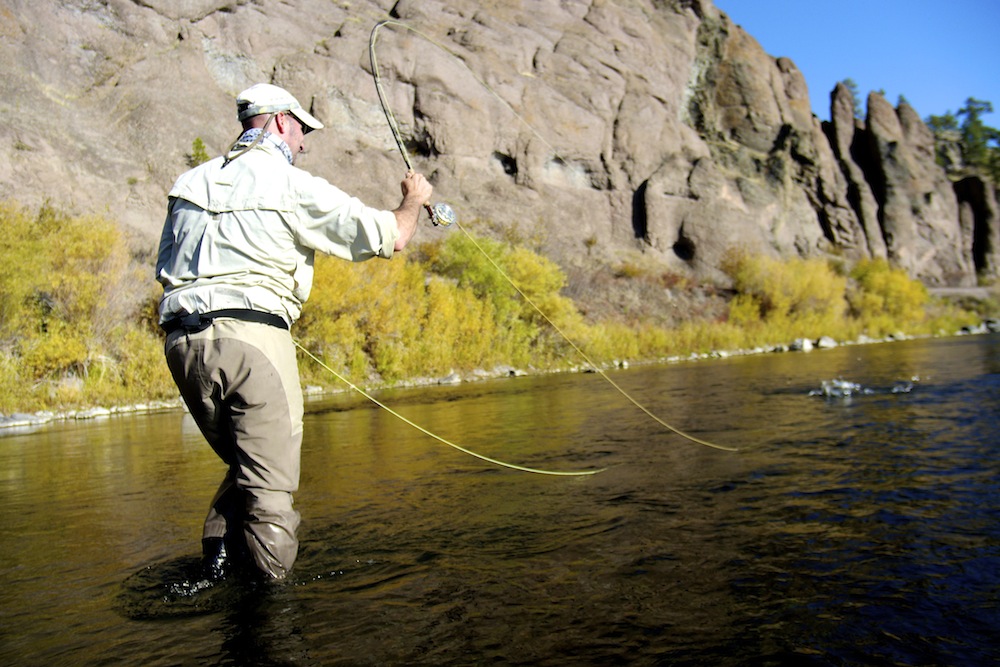
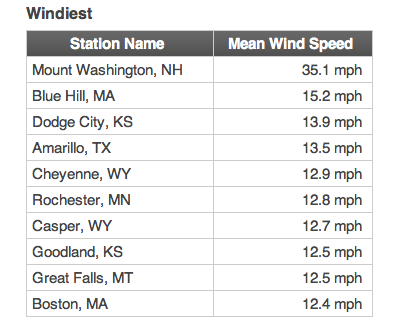
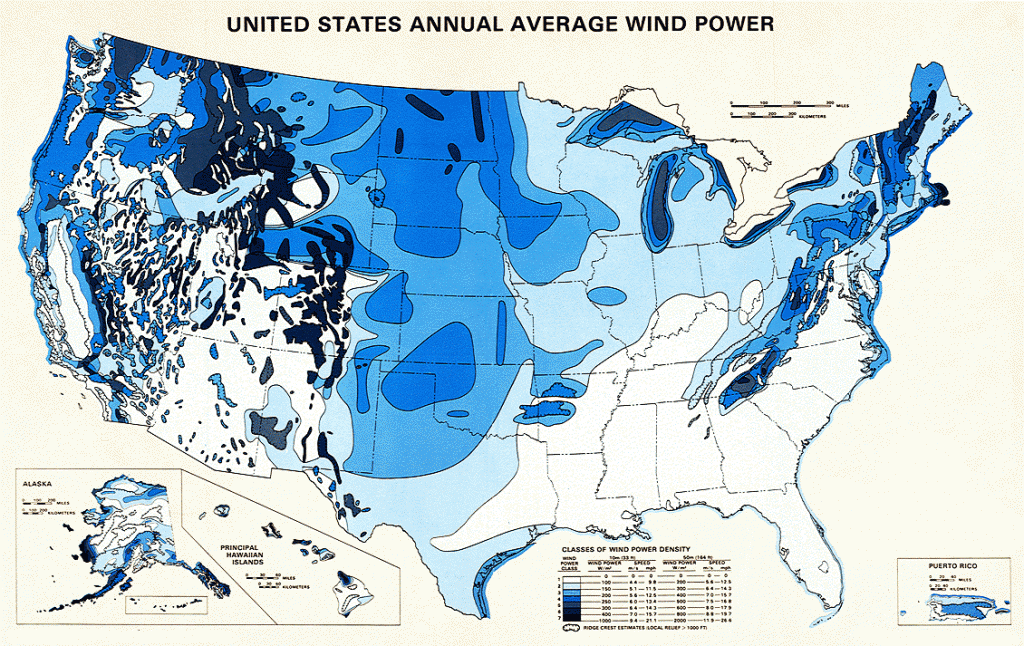
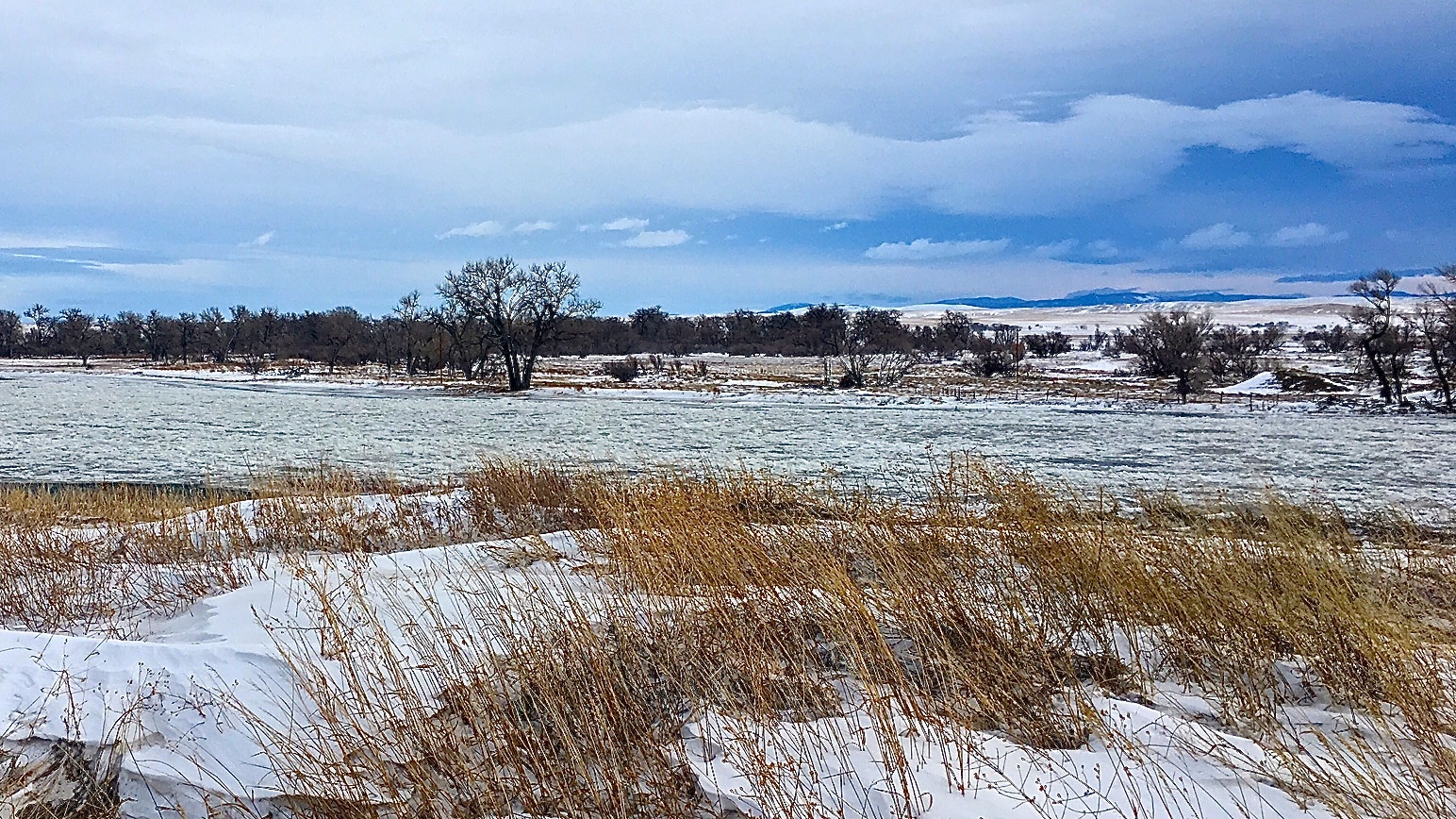
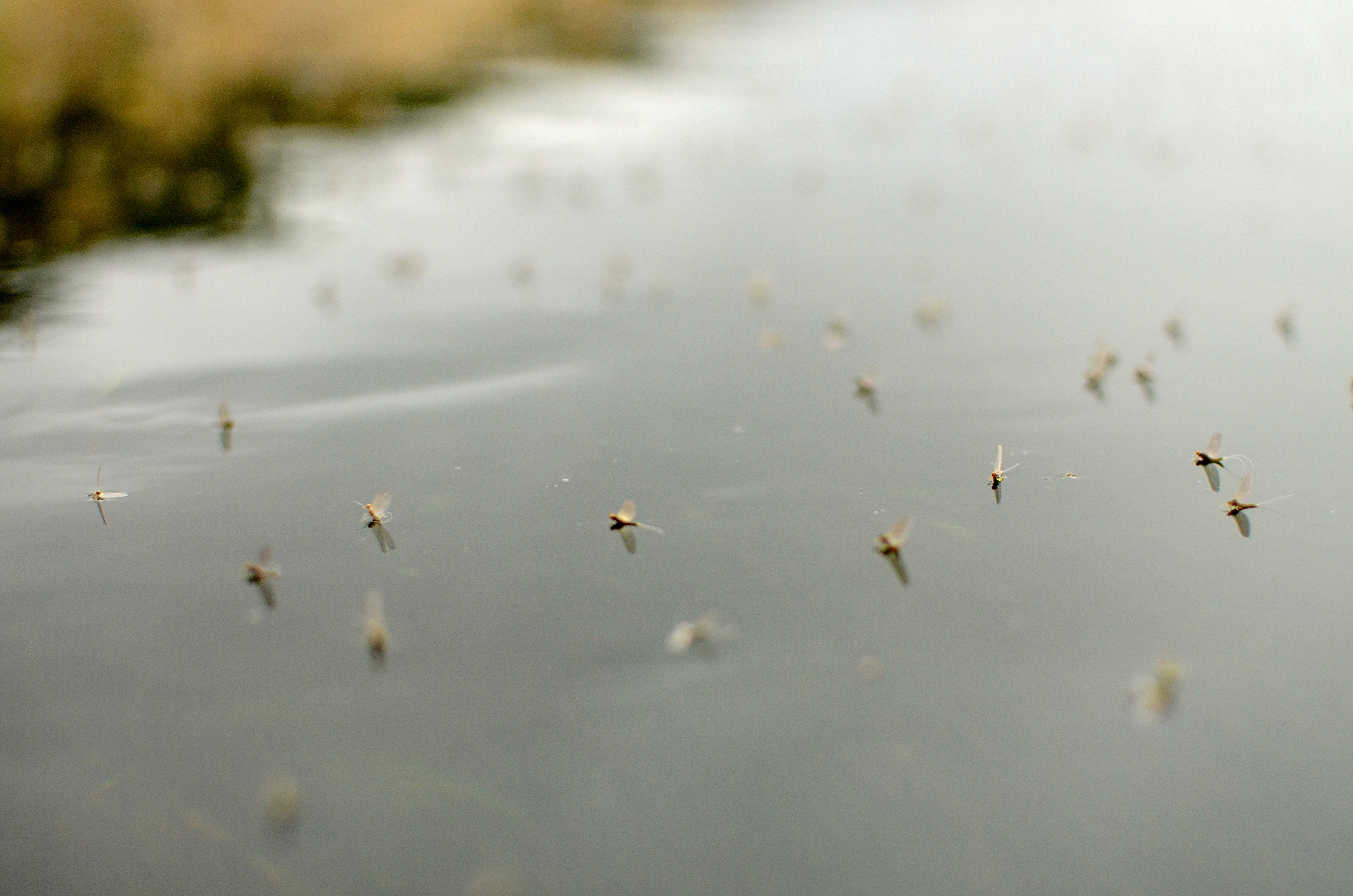
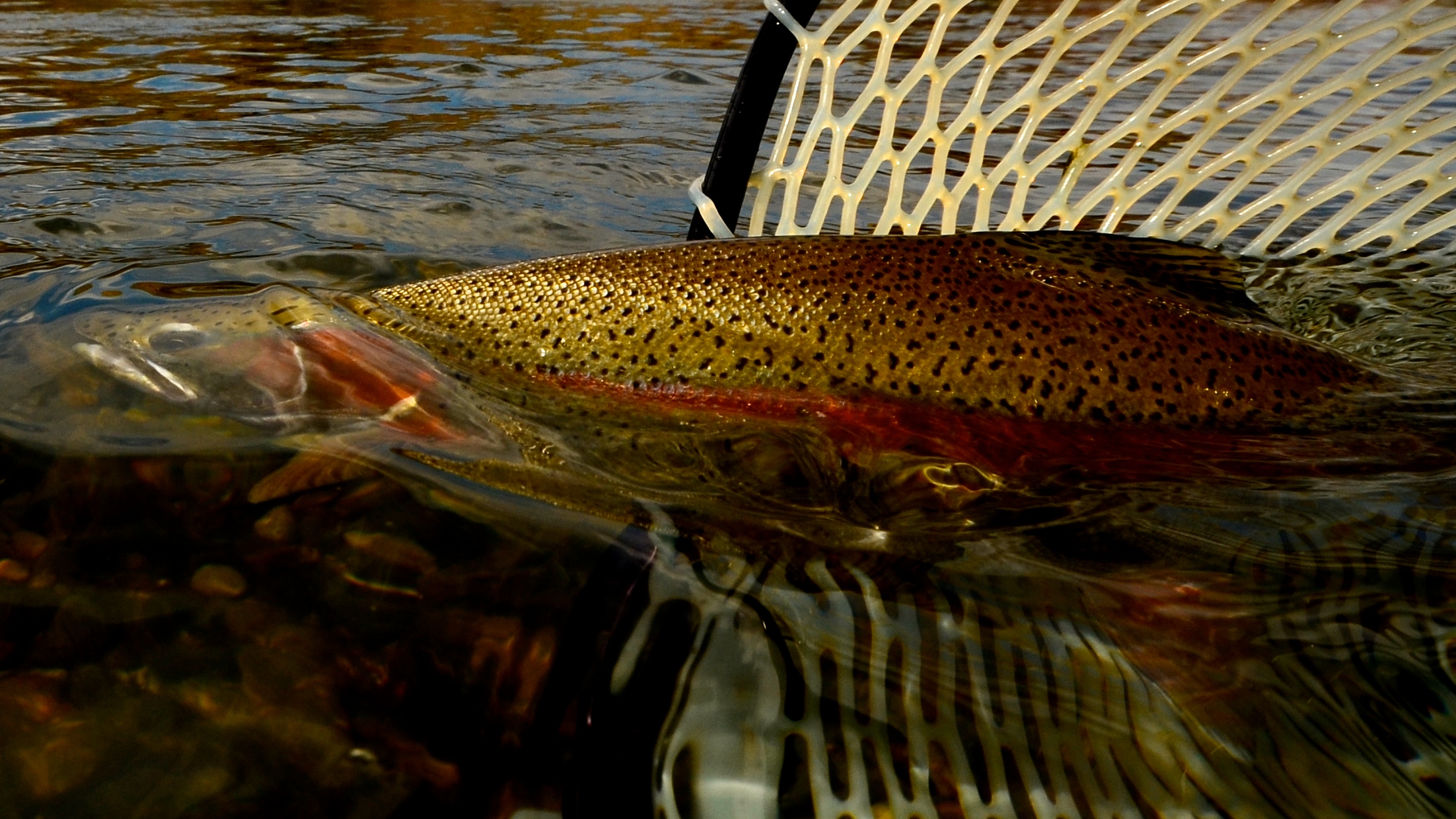
2 Comments.
Thanks for this great article! A lot of good context, visuals, practical tips – gonna save this one!!
The best windy day fishing I have ever had today! Wow!
Mocember!!
todd